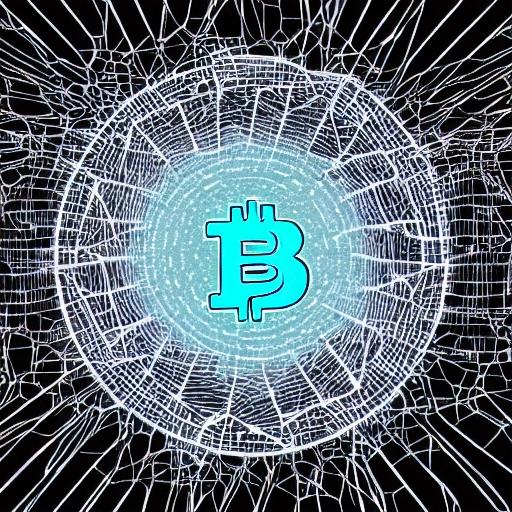In the world of art and collectibles, a groundbreaking technology has emerged in recent years, revolutionizing the way we buy, sell, and own digital assets. Non-Fungible Tokens, or NFTs, have taken the art world and the internet by storm, creating a new form of digital ownership and authenticity that was previously unimaginable.
The story of NFTs begins with the advent of blockchain technology, the underlying technology that powers cryptocurrencies like Bitcoin and Ethereum. Blockchain is a decentralized and transparent ledger that records every transaction made with a specific cryptocurrency. This technology ensures that transactions are secure, immutable, and verifiable by anyone.
In 2012, a programmer named Colored Coins introduced the concept of tokenizing physical and digital assets on the Bitcoin blockchain. This laid the foundation for the creation and transfer of digital assets that represented real-world value, including art, music, and even real estate. However, due to the limited capabilities of the Bitcoin blockchain, the use of these tokens remained fairly limited.
Fast forward to 2017, and the concept of NFTs received a significant boost with the launch of CryptoKitties. Developed by Dapper Labs, CryptoKitties is a blockchain-based game that allows users to collect, breed, and trade virtual cats. Each CryptoKitty is represented by a unique NFT, which acts as a digital certificate of ownership for the virtual cat. The game became incredibly popular, causing a surge in transaction volumes on the Ethereum blockchain and highlighting the potential of NFTs.

The true breakthrough for NFTs came in 2021 when digital artist Mike Winkelmann, known as Beeple, sold a piece of his artwork as an NFT for a staggering $69 million. The artwork, titled “Everydays: The First 5000 Days,” became the most expensive NFT ever sold, catapulting NFTs into the mainstream media and sparking a frenzy of interest and investment.
NFTs have since attracted artists, musicians, and creators from around the world, offering them a new way to monetize their digital creations. With the ability to prove ownership, scarcity, and authenticity, NFTs have also given artists a level of control over their work that was previously unimaginable in the digital realm.
The market for NFTs has exploded, with digital art, virtual real estate, and even tweets being sold for millions of dollars. Celebrities, athletes, and influencers are also getting in on the action, releasing their own NFTs and engaging with fans on a whole new level.
However, NFTs and the underlying blockchain technology are not without their challenges. Critics argue that NFTs contribute to the environmental damage caused by the energy-intensive process of mining cryptocurrencies. Additionally, concerns have been raised about the potential for copyright infringement and the lack of regulation in the NFT market.
Despite these challenges, NFTs continue to captivate the art and technology worlds, offering a new frontier for digital ownership, expression, and creativity. As the technology evolves and more industries explore the possibilities of NFTs, it is clear that their origin story is just the beginning of a much larger narrative that is yet to be fully written.
